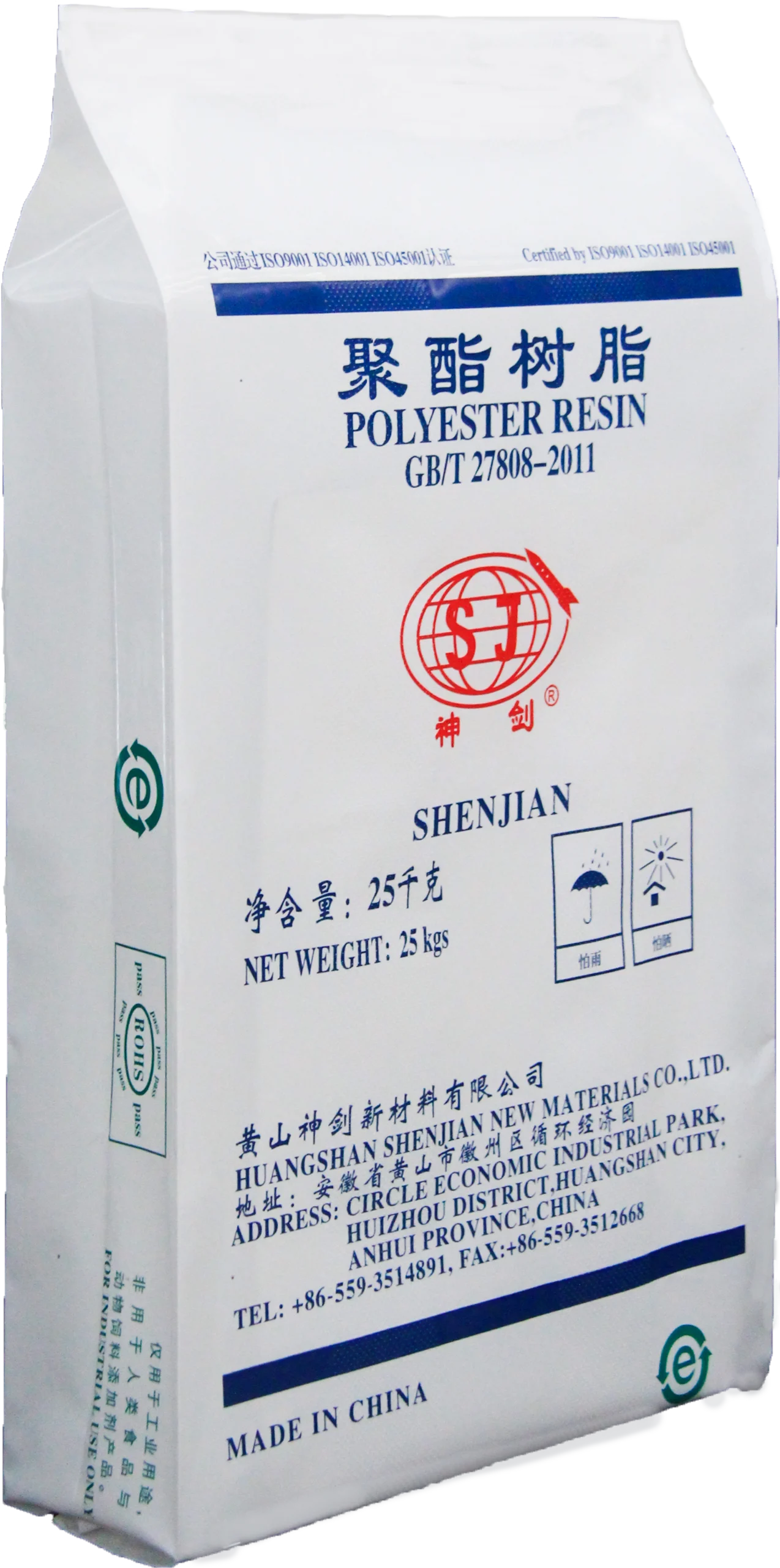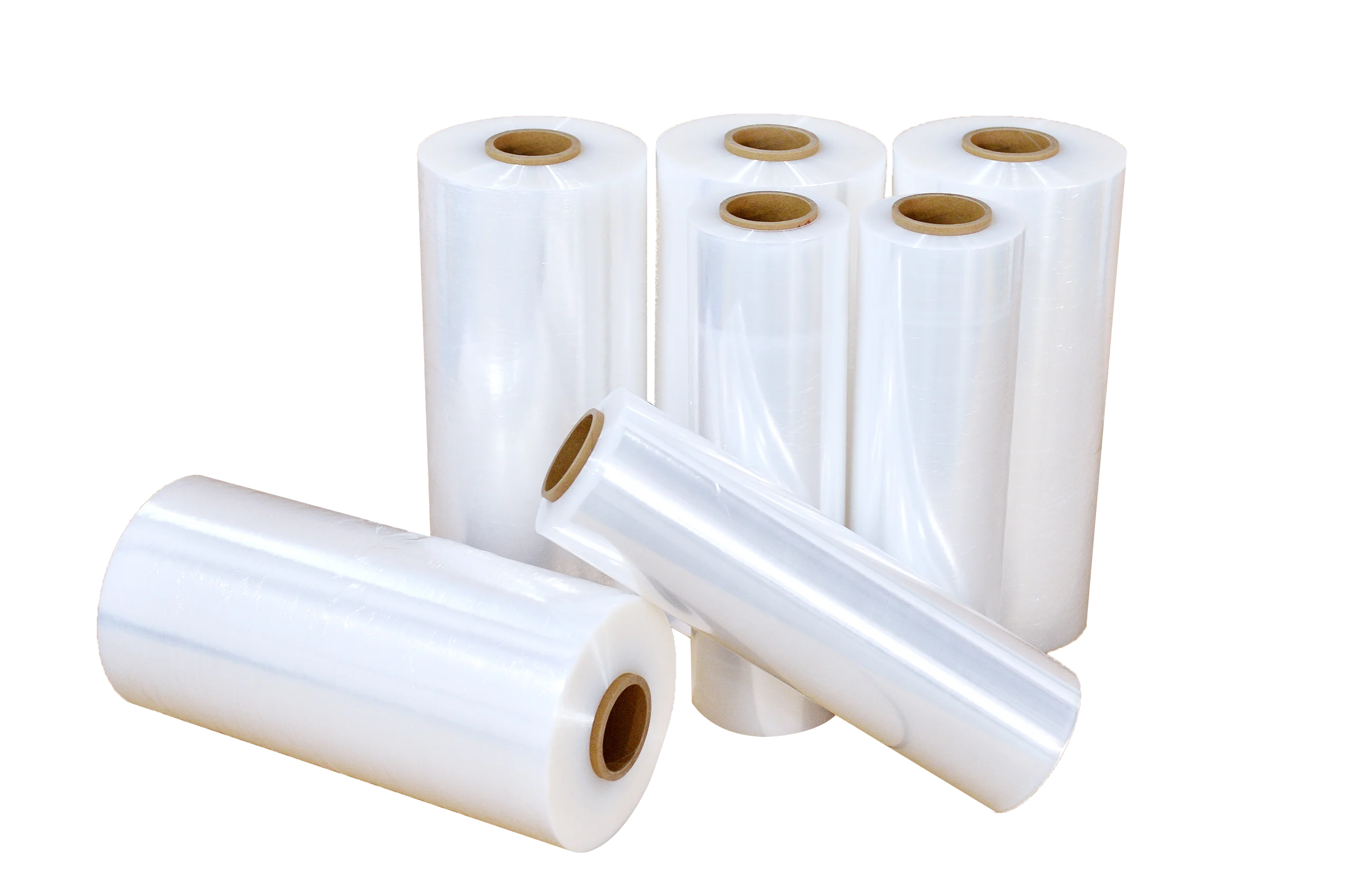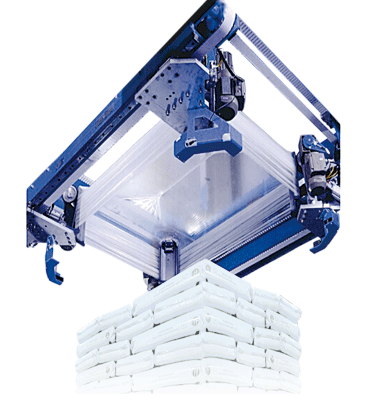

2024-09-29
In the realm of industrial packaging, comprehending the nuances between primary and secondary packaging is essential for optimizing product safety, logistics, and customer satisfaction. At Yuandian, we prioritize using the most effective packaging solutions to meet the diverse needs of our clients. This article aims to elucidate the concepts of primary and secondary packaging, highlighting their key differences and applications.
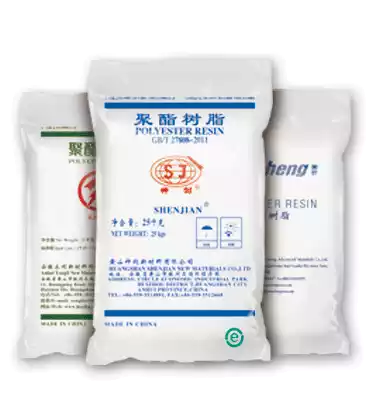
Table of Contents
TogglePrimary packaging refers to the packaging that is in direct contact with the product. Its main purpose is to protect the product from contaminants, preserve its quality, and make it easy for the consumer to access and use. In addition to its protective role, direct packaging also carries the brand’s logo, colors, and design elements, creating a memorable visual impact.
Examples of primary packaging include:
Glass or plastic bottles
Plastic or foil pouches
Cardboard or paperboard boxes
Vacuum sealed bags
For example, our heavy-duty polyethylene (PE) bags serve as an excellent form of initial packaging. These bags are designed to withstand harsh conditions, making them ideal for containing bulk materials like chemicals, food products, or industrial goods. Their robust construction ensures that the contents remain safe and intact during storage and transportation. Furthermore, with additional technology, our pe bag can provide up to 8 color printings, ensuring your brand.
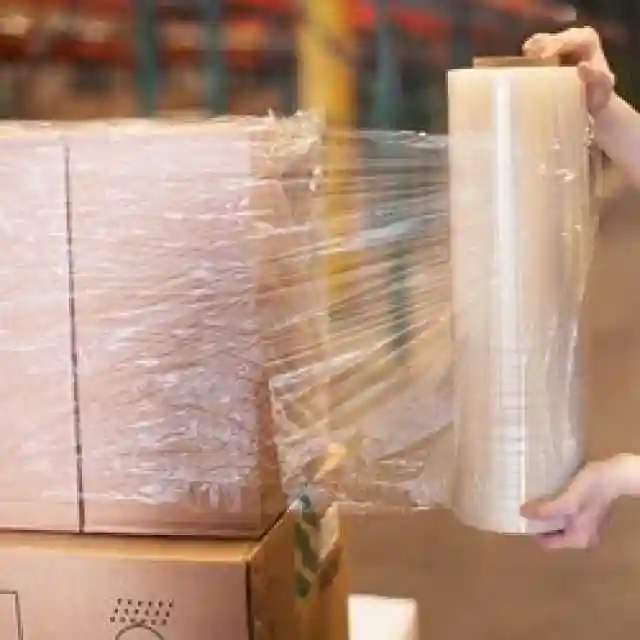
Secondary packaging, on the other hand, is the packaging that encases multiple primary packages, providing an additional layer of protection. Its primary function is to facilitate handling, transportation, manageability, and storage. Therefore, dependable packaging is important to secure pallets and products. While it does not come into direct contact with the product, secondary packaging is vital for maintaining the product against moisture, light, and physical impact.
Although, it doesn’t affect directly consumers purchasing choices like original packaging. Inadequate secondary packaging can cause product damage during storage and transportation, which could endanger workers, cost businesses money, and sour relations with buyers.
Examples of primary packaging include:
Stretch film
Stretch hood
Cardboard box
Shrink wrap
Strapping
Pallets
At Yuandian, we utilize stretch film and stretch hoods as our secondary packaging solutions. These materials wrap the pallets tightly to secure the product safely, ensuring stability during transit and protecting against external factors like dust and moisture.
Understanding the differences between primary and secondary packaging can help businesses make informed decisions regarding their packaging strategies. Here are three key distinctions:
The main purpose of primary packaging is to preserve the product itself. It encloses the product immediately to guard against external factors such as Insect damage, moisture, spoilage, and contamination. It frequently fulfills a marketing purpose as well by giving consumers a visual appeal and vital information (such as product specifics, usage guidelines, or branding). The purpose of this packing is to guarantee that the product arrives at the customer in flawless shape.
Secondary packaging is mostly used to consider several primary packages for simpler handling, storage, and transportation. It helps ensure product stability during transit and protects primary packages from external damage. Secondary packaging is not necessarily seen by the end consumer but is critical for logistics efficiency, reducing the risk of breakage, and optimizing the supply chain.
Due to their different purpose, these two types of packaging have different material choices. Packaging materials need products sensitive to light, moisture, oxygen, and so on.
Secondary packaging materials must focus more on safe products during storage and transportation, so they always prioritize strength and durability.
Choosing the appropriate materials is essential for both kinds of packaging since they affect how well the products are safeguarded, how they are transported and kept, and how customers view them. Raw material selection also impacts sustainability efforts.
Direct packaging design focuses on ease of use, accessibility, and visual appeal to enhance the user experience and capture the consumer’s attention. Primary packaging always serves the consumer directly, making the product appealing on the shelf. Because first packaging directly into contact with the product, it must ensure the product against damage, contamination, or spoilage at the same time easy to open, close, and handle for the consumer.
Compared to first packaging, secondary packaging prioritizes logistical safety and efficiency. In addition, its design must protect the product and minimize space when storage and transportation.
In summary, it is imperative to comprehend the differences between primary and secondary packaging in order to maximize product safety and improve logistical effectiveness. At Yuandian, we produce heavy-duty PE bags with beautiful printing for our primary packaging needs, guaranteeing robust protection for our products. Simultaneously, stretch film and stretch hoods are examples of our secondary packaging solutions that we utilize to show our dedication to preserving product integrity throughout the supply chain.
Through the application of efficient first packaging and secondary packaging techniques, companies can enhance consumer happiness, optimize internal processes, and improve customer satisfaction. Please get in touch with us at Sales@hsydpac.com or visit our website to learn more about our packaging options and fulfill your packaging requirements.
More News
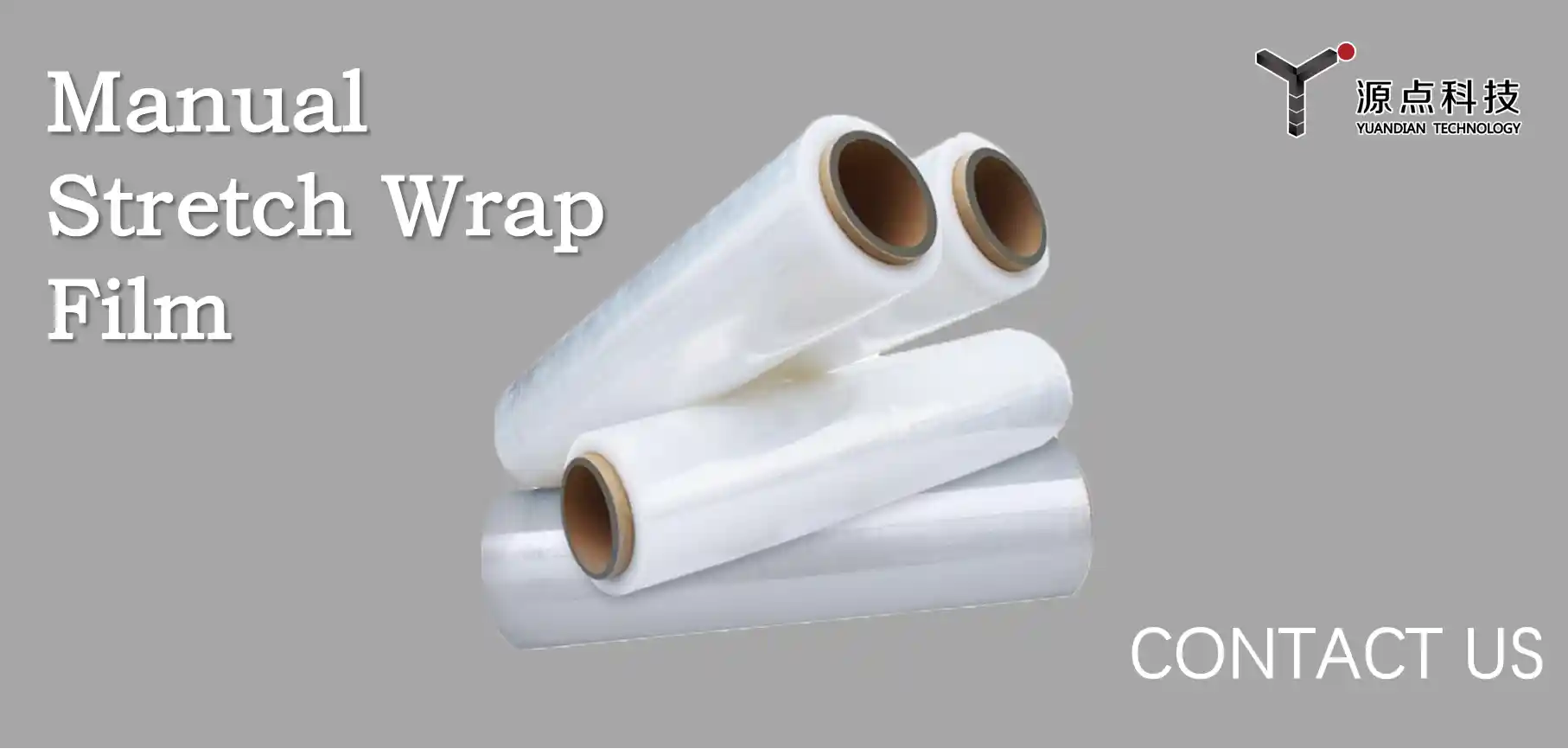
2025-04-23
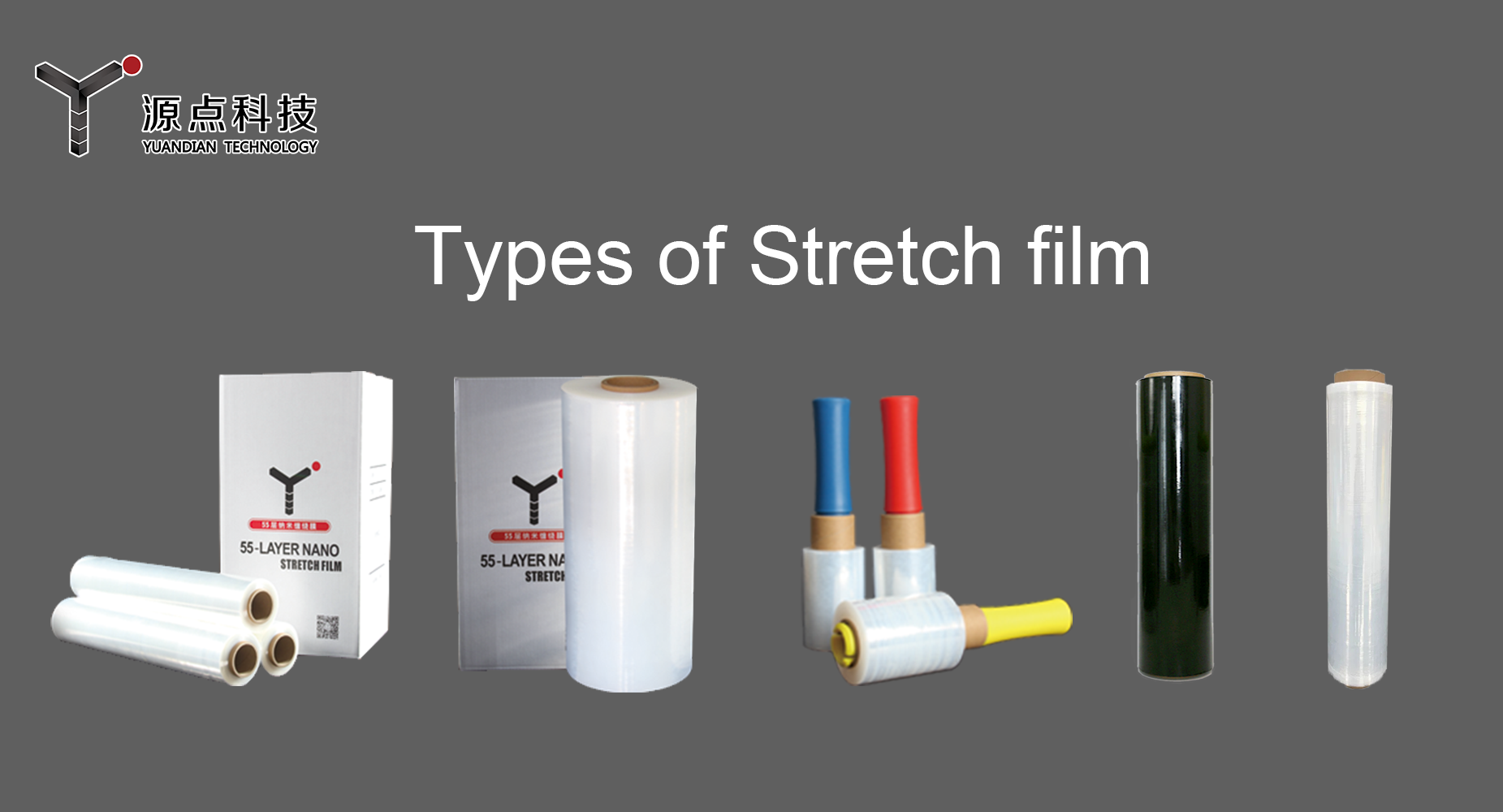
2025-04-07

2025-03-27

2025-03-15
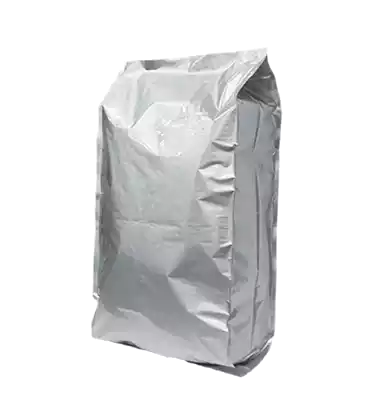
2025-03-05
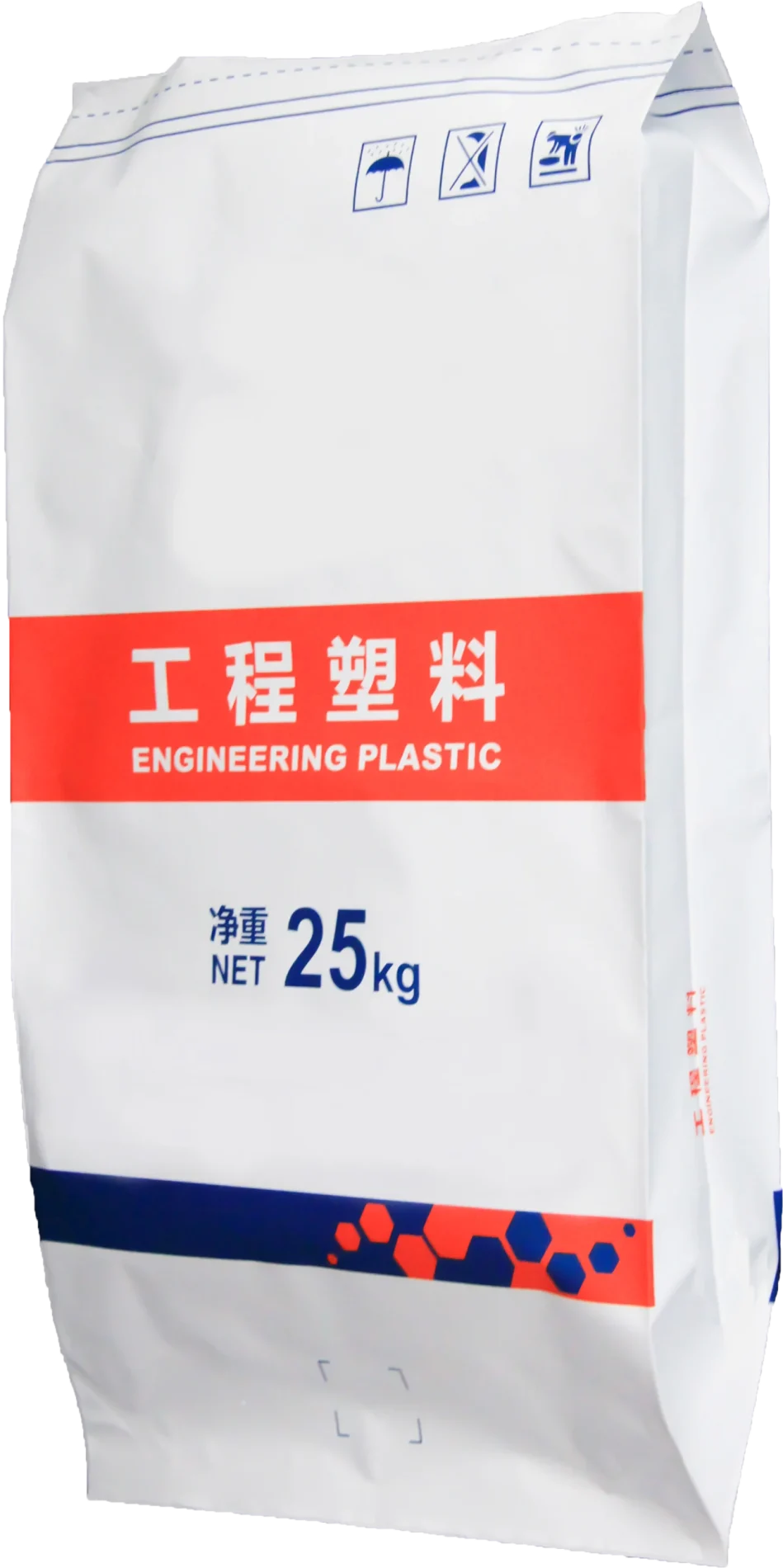
2025-02-21

2025-02-13
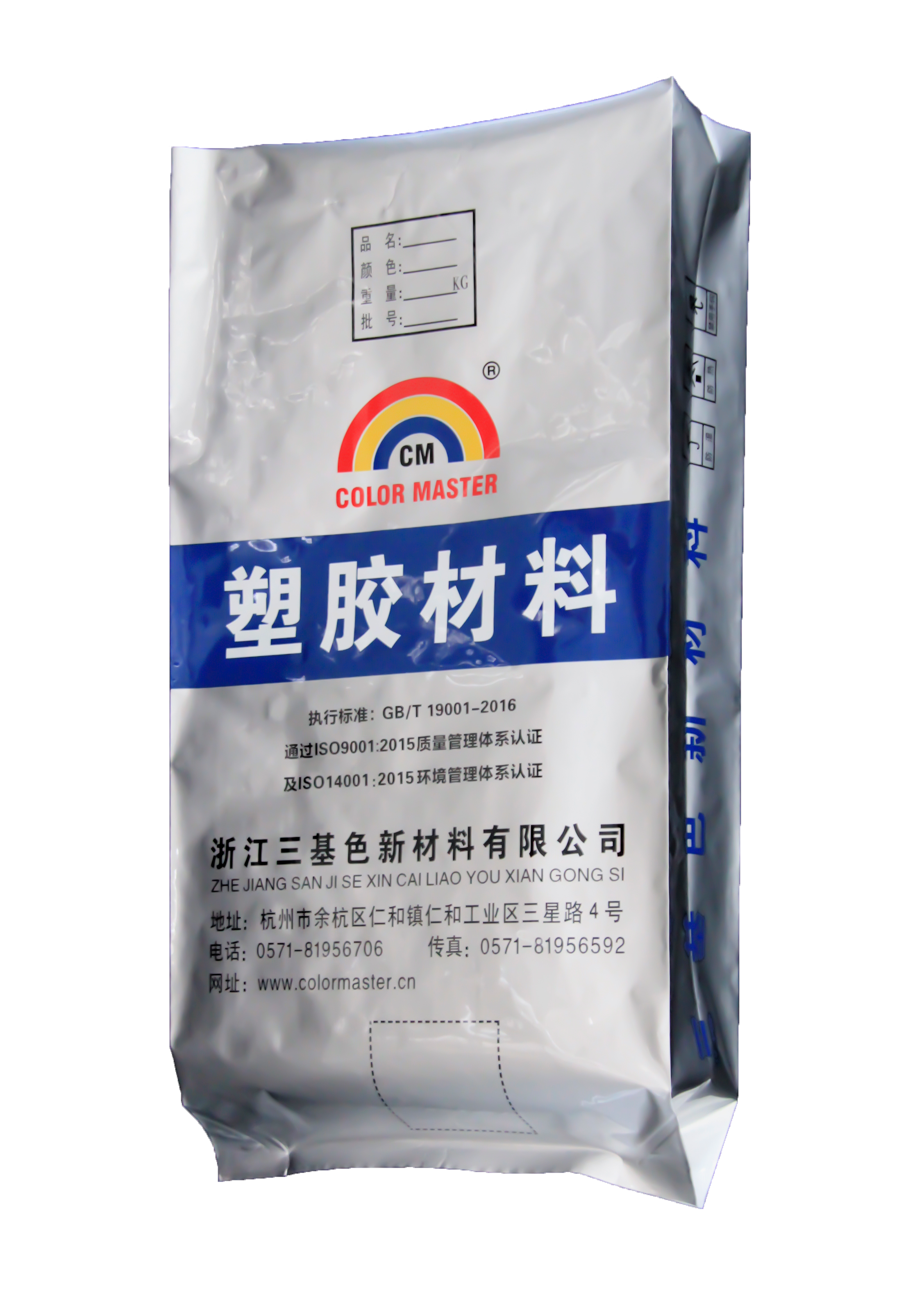
2025-02-05

